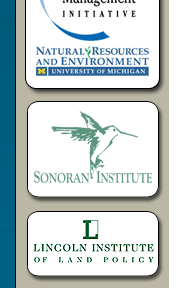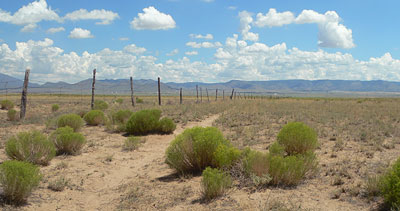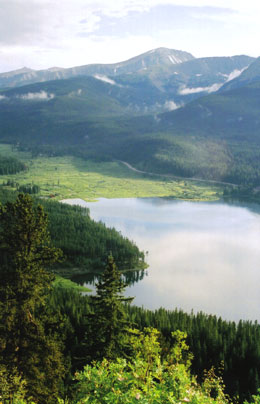


Congress granted state trust lands to newly organized states that entered the Union to support essential public institutions Today, state trust lands comprise approximately 46 million acres in the contiguous U.S., most of which is concentrated in nine western states. Unlike other public lands, most state trust lands are held in trust and managed for a diverse range of uses to generate revenue for designated beneficiaries -- principally public schools – today and for future generations.

In recent years, rapid growth and a shift from farming, ranching and logging toward more service and professional industries in the West has required a more diverse approach to generate revenue for trust beneficiaries. At the same time, the changing landscapes, economies and demographics of the West mean that many communities increasingly view state trust lands as public assets that have value for open space, fish and wildlife protection and recreation. As a result, interest in the use of these lands has increased, in some cases resulting in conflict over land management decisions.
For some state trust land agencies, collaborative planning has provided a means to take advantage of emerging opportunities and to address new challenges posed by the changing West. Collaborative planning can be defined as:
A decision-making process through which multiple stakeholders who see different aspects of a problem can constructively explore their differences and jointly search for solutions that go beyond what any individual could create alone.
In order to learn more about the evolving experience with collaborative planning on state trust lands, a research team from the University of Michigan School of Natural Resources and Environment was formed under the auspices of the School’s Ecosystem Management Initiative. The research was sponsored by the State Trust Land Partnership Project of the Sonoran Institute and the Lincoln Institute of Land Policy. The team conducted in-depth interviews with participants in eight cases in order to identify and analyze the benefits, costs, challenges and lessons from these collaborative efforts.
This research not only examines each of the eight cases individually, it also compares the cases to provide a broader view of what worked. In addition, the team identified a set of best practices for collaborative planning on state trust lands that provides a “road map” for those interested in developing a collaborative process. Finally, the team developed recommendations aimed at overcoming barriers to engaging in these processes. The findings of the research can inform trust land agencies, local communities and others interested in collaborative planning or state trust land management.
Use the side bar to navigate through the sections of the report and to download the Full Report and Summary Report.


